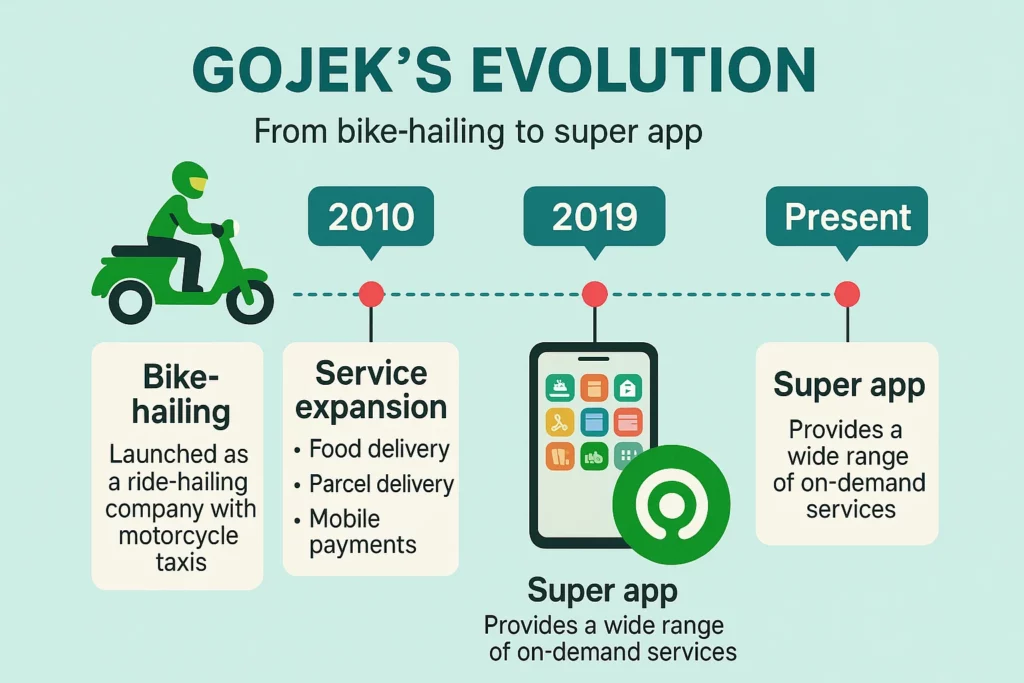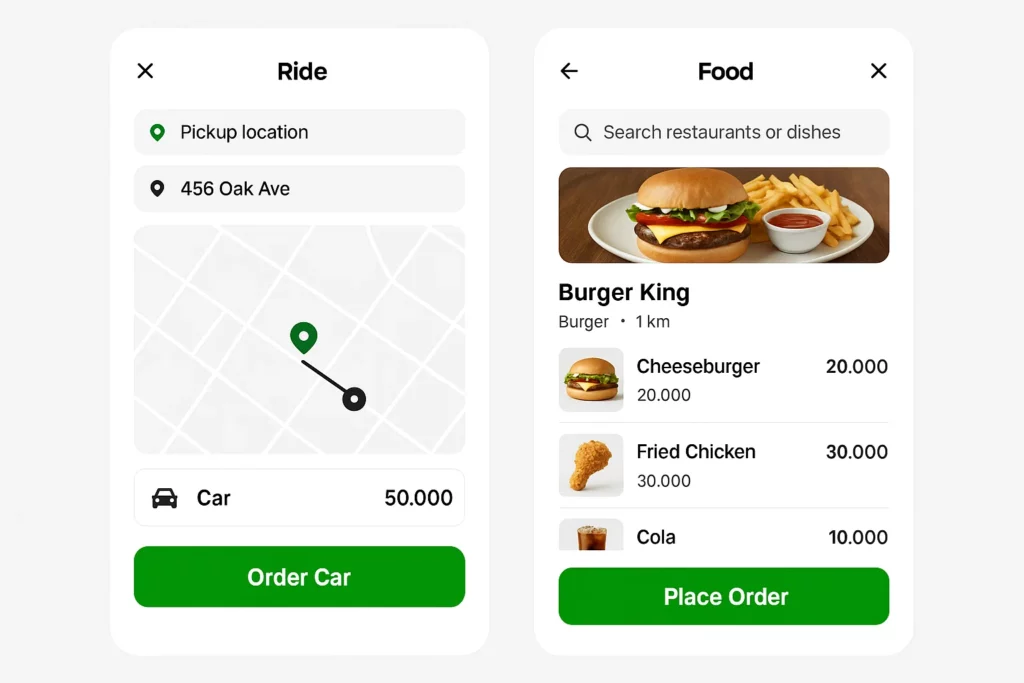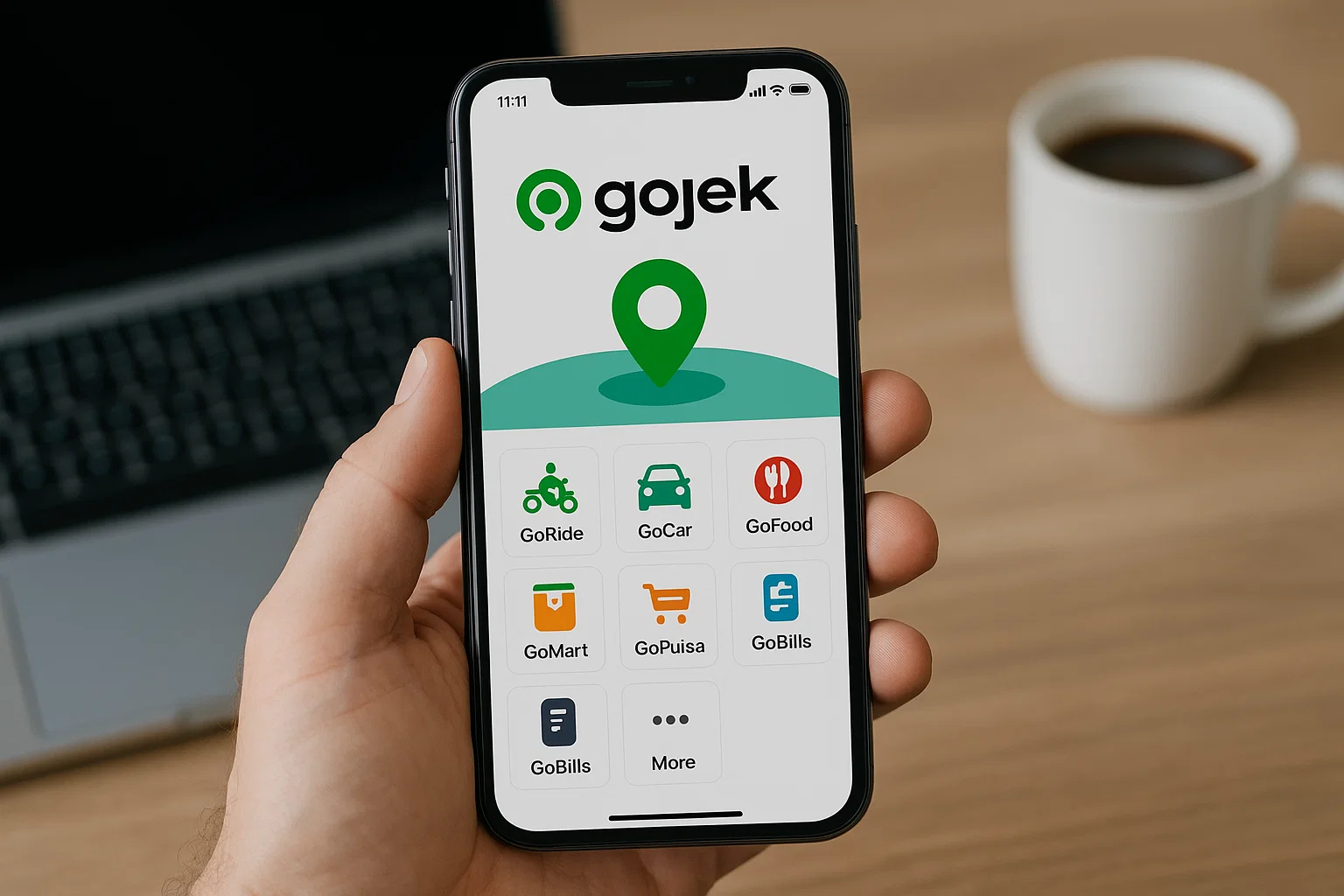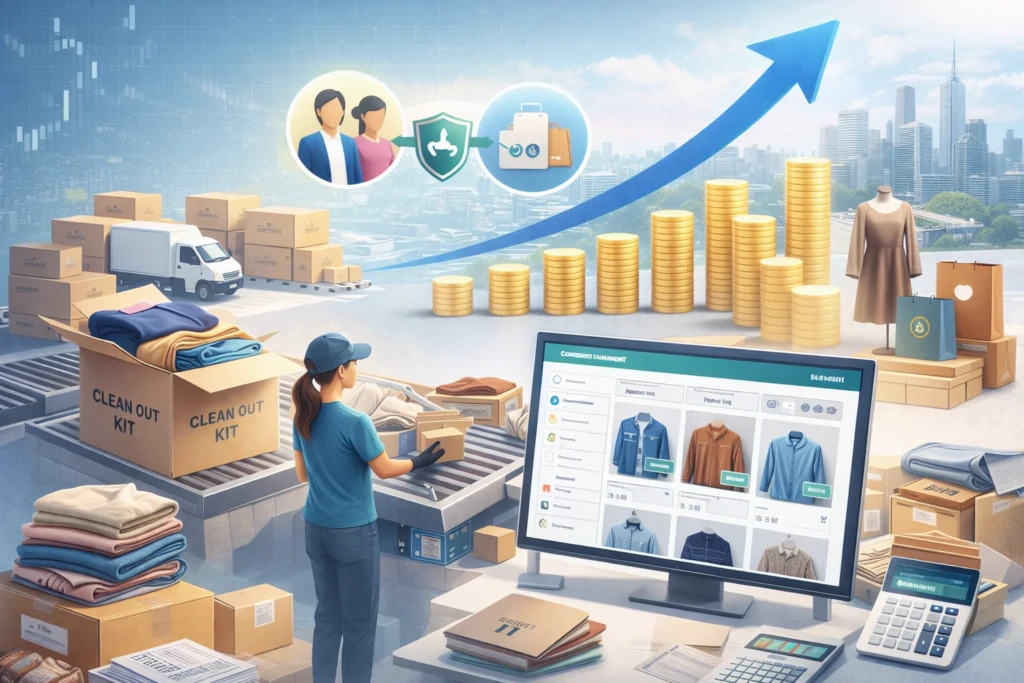Imagine you’re in Jakarta, traffic is wild, your stomach’s growling, your bike’s out of gas, and you need a quick delivery done yesterday. What do you do? You open Gojek — a humble app-turned-lifesaver that Indonesians swear by. It’s like a genie in your smartphone, granting you rides, food, payments, massages, and more — all with a couple of taps.
Now, if you’re an entrepreneur or a startup founder, you’re probably already seeing dollar signs. This isn’t just about solving everyday chaos — it’s about building an all-in-one digital economy platform. Gojek (often confused with the now-rebranded GoTo ecosystem) started as a motorbike-hailing service. Today? It’s the Indonesian cousin of Grab and Uber, on steroids.
This blog isn’t a love letter to Gojek (okay, maybe a little). It’s your blueprint to understanding what makes it tick, and more importantly — how Miracuves can help you build your very own super app.
What Exactly Is Gojek?
At its core, Gojek is a super app — a platform that integrates multiple services like ride-hailing, food delivery, e-payments, logistics, and more. It began in 2010 with just 20 motorbike drivers in Jakarta. Fast forward to today, it’s one of Southeast Asia’s most iconic mobile app brands with millions of users and a massive driver-partner ecosystem.
Core Services Include:
- GoRide – Bike taxi service to beat the traffic blues
- GoCar – Affordable 4-wheeler rides
- GoFood – Food delivery from your favorite warung to big chains
- GoSend – Same-day courier service
- GoPay – Digital wallet and payment gateway
- GoMart, GoMed, GoMassage – Groceries, medicine, and even home massage services
Market Impact
According to Statista, Gojek reached over 38 million monthly active users in Indonesia alone. That’s not just traction — it’s dominance.

How Gojek Works ?
The beauty of Gojek lies in its modular architecture. Every feature — rides, food, payments — works as a microservice but connects through one unified user experience.
User Flow – Seamless & Sticky
- Open the app (clean UI with fast-loading screens)
- Select service (ride, food, courier, etc.)
- Input details (pickup location, order, payment method)
- Track live status (real-time driver tracking)
- In-app payment via GoPay
- Rate and review post-service

Tech Stack Insights (for Founders & Developers)
- Frontend: React Native for iOS & Android
- Backend: Node.js with microservice architecture
- Payments: GoPay integration, QR code system, e-wallet KYC layers
- Real-time tracking: Google Maps API, socket.io
- AI & ML: Used in driver dispatching and user recommendations
Want to create your own super app? Explore our Super App Clone Development solutions at Miracuves.
Why Gojek Succeeded: Lessons for Founders
1. Localization Beats Globalization
Gojek focused deeply on local user behavior — like cash payments, bike taxis over cars, and hyperlocal restaurants — instead of copying global models blindly.
2. Solving Multiple Pain Points
By bundling services, they reduced app fatigue — users didn’t need 10 different apps for food, rides, and money transfers.
3. Driver Empowerment Model
They onboarded thousands of motorcycle drivers, provided insurance, training, and incentives — turning them into loyal micro-entrepreneurs.
Win in emerging markets by seeing how our Gojek clone solves real-world problems while empowering entrepreneurs to dominate the multi-service space.
Gojek’s Revenue Model: How Does It Make Money?
1. Commission on Rides & Deliveries
Takes 20–30% commission from drivers and restaurants per transaction.
2. GoPay Fees & Financial Products
Earns from transaction fees, float interest, and value-added financial tools like loans and insurance.
3. Advertising & Promotions
Partners pay for in-app placements, coupons, and banner ads to boost visibility.
4. API Integrations & B2B Solutions
Their SDKs and payment APIs are monetized via B2B partnerships with merchants and platforms.
Want to Build a Gojek-Style Super App?
You’re not alone. The “super app” trend is exploding in emerging markets — from India to Nigeria to Latin America. But here’s the kicker — you don’t have to build everything from scratch.
With Miracuves, you can launch your Gojek Clone App with:
- Pre-built modules for ride-sharing, food delivery, and payments
- Scalable backend with microservice logic
- Fully customizable design
- Payment gateway integrations (Stripe, Razorpay, etc.)
- AI-based driver matching and logistics algorithms
Turn your super app idea into reality by learning how to build a Gojek-like platform with our complete multi-services app development guide, covering tech stack, features, and launch strategy.
Conclusion
Gojek isn’t just an app. It’s a digital lifestyle packed into a smartphone. If you’ve ever dreamed of building the next big thing for your region — a one-stop platform that rides the gig economy wave and empowers users daily — now’s the time to move.
Super apps are booming, localization is key, and user stickiness is gold. The road to building one? Not as bumpy as you think.
At Miracuves, we help innovators launch high-performance app clones that are fast, scalable, and monetization-ready. Ready to turn your idea into reality? Let’s build together.
FAQs
What is the Gojek app used for?
Gojek is a super app used for ride-hailing, food delivery, package delivery, and digital payments — all in one mobile app.
Is Gojek available outside Indonesia?
Gojek started in Indonesia but has since expanded regionally through the GoTo group. However, the core experience remains tailored to Southeast Asian markets.
How does GoPay work in Gojek?
GoPay is Gojek’s in-app digital wallet. Users top it up and use it for seamless payments across all services, QR transactions, and even offline merchants.
Can I build my own Gojek-style app?
Yes! With clone solutions like Miracuves’ Gojek Clone App, you can launch your own super app with modular services, local payment gateways, and custom branding.
What makes Gojek different from Grab or Uber?
Unlike Uber (which is ride-focused) or Grab (which is also a super app), Gojek’s strength lies in hyperlocal services and deep market penetration in Indonesia.
How much does it cost to build a Gojek-like app?
Get your Gojek clone with Miracuves starting at $3,699 – a powerful, ready-to-launch super app built for multi-service scalability, seamless performance, and business growth.








